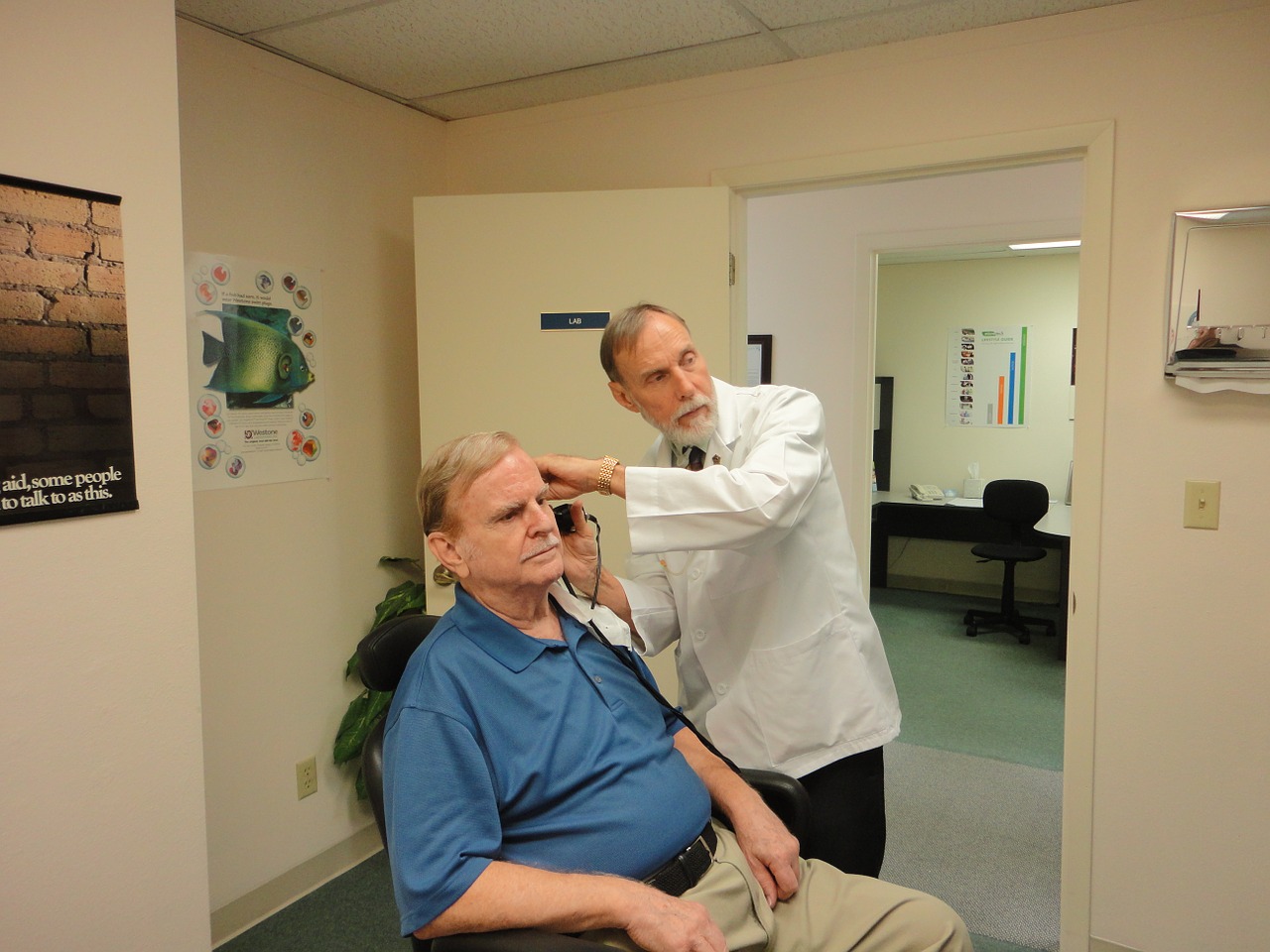
A new study has revealed that hearing pure sounds becomes even more precise by using continuous white noise as a background.
The study, published in the journal Cell Reports, found that the use of white noise as a background improved the ability to hear pure sounds. White noise is produced by combining different sound frequencies, resulting in a seemingly random soothing sound that can help cover up other noises.
The researchers examined the neuronal foundation of sound perception and sound discrimination in a challenging sound environment. Study researcher Tania Rinaldi Barkat from the University of Basel in Switzerland said: "We found that less overlap occurred between populations of neurons during two separate tone representations, as a result, the overall reduction in neuronal activity produced a more distinct tone representation."
Initially, the researchers made the assumption that additional noise could make such a hearing task even more difficult but they were able to determine that the brain's ability to distinguish subtle tone differences improved when white noise was added to the background.
The researchers focused on the auditory cortex, the area of the brain that processes acoustic stimuli and worked on the idea that the distinction between sounds becomes more difficult the closer they are in the frequency spectrum.
Results showed that white noise significantly inhibited the activity of the nerve cells in the auditory cortex. This inhibition of the neuronal excitation then resulted to a more precise perception of the pure tones.
These findings could be crucial in improving auditory perception in situations where sounds are difficult to distinguish. Barkat pointed out that it is possible for cochlear implants to be stimulated with an effect similar to white noise in order to improve the frequency resolution.
This will greatly contribute to improving the hearing results for users of these implants.






